My hours have changed at work and I'm driving by the cow pasture before daylight now. Today, on my way home, I got a chance to see them in full daylight. It was about 5:20pm when I drove past and it was not the first heard of cows I'd noticed. Every herd, whether it had two cows or twenty cows were laying down. They seemed to be enjoying themselves just watching the traffic go by and chewing on their cuds. Now most of us know what a cud is. Its food that a cow brings up from its stomach to re-chew. Its part of their digesting process. Gross it may be, its just part of the process that goes into making a cow a cow.
Cows laying down is no big deal. Most of them will graze, also known as eat grass, during the day and then they will go to water. If they are being fed by the farmer, then everyday about feeding time they will go to where the farmer is feeding them, stand around waiting until he gets there. Some of them will be impatient and moo, others will just stand and swish flies. Cows are creatures of habit. I find myself wanting to know all I can about these leather bound US Grade A delights.
Years ago on cattle drives from south Texas, Cowboys knew that they had to get them gathered, keep them together long enough to get to know one another, then drive them hard for a day or two to get the idea that they were going some where else in their heads. Then it was just a matter of pointing them in the right direction, usually behind an old cow that like to see new country, until they were driven right into the stockyard at trails end. Just after the Civil War there were thousands of unbranded cattle called mavericks, running loose in the mesquite of south Texas. They were wild, huge animals, sometimes weighing twice what a horse did and had horns that span over six feet. These were the Texas Longhorn's . These cows had evolved into creatures that needed little water as well as feed. They could survive eating cactus, mesquite beans and small trees. Most were mean, had little desire to be herded into large groups and had no respect for man or horse. They learned to fear the rope and found that it was easier to go along than have a foot tied up off the ground and made to walk several miles that way. It was not uncommon for a Cowboy to loose a horse when a horn was forced through its side or worse yet, a cowboy go down by being gored. As I drive by my herd I try to imagine what it would have been like forcing 25000 of these beasts 800 to 1200 miles across country I've never seen to the railroads in Missouri and Kansas. I cannot help but wonder if I have what it took to be one of the men that accomplished this task so that thousands of people in the East could have beef at the local butcher shop. I've read accounts of men starving while on a cattle drive instead of eating one of their own cows. By today's standards that seems crazy, 150 years ago, it was money, much needed Yankee money so that families could survive.
Today, my herd of butter colored hornless cows were a little of everything, some were laying down, some were standing, one was standing in a pond belly deep. In other words they were just cows.
Monday, August 17, 2009
Subscribe to:
Post Comments (Atom)



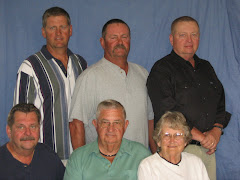


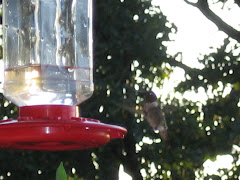
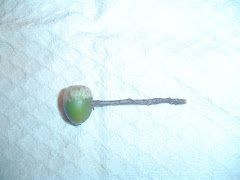

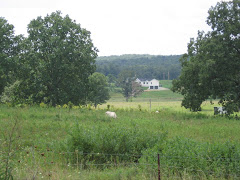
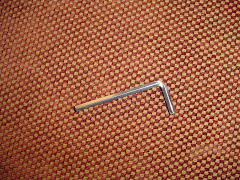
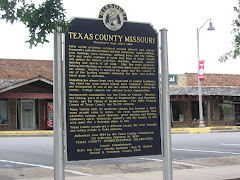
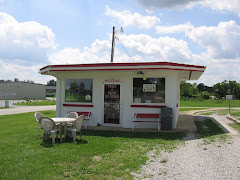
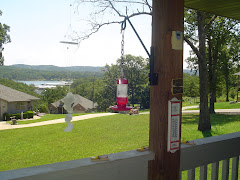

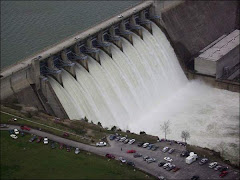
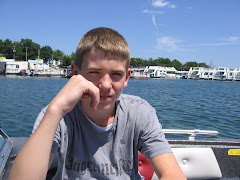
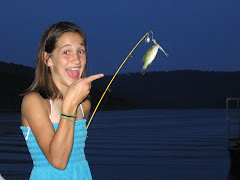



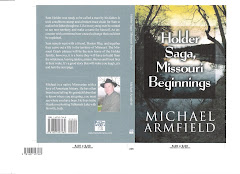
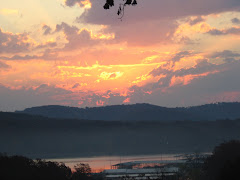

No comments:
Post a Comment